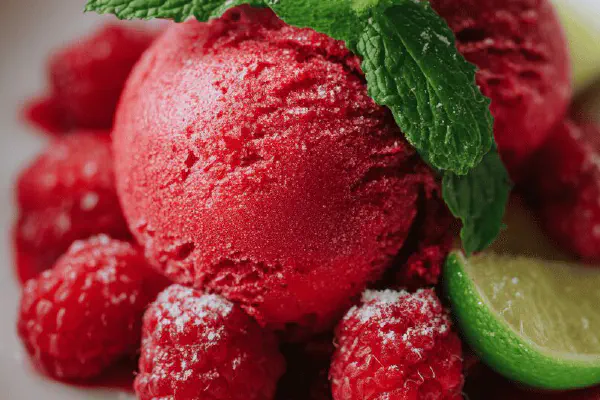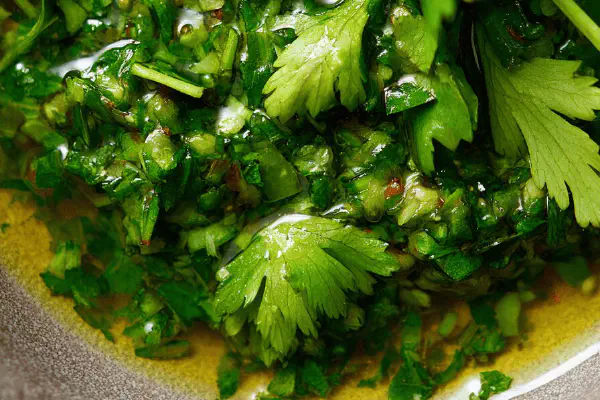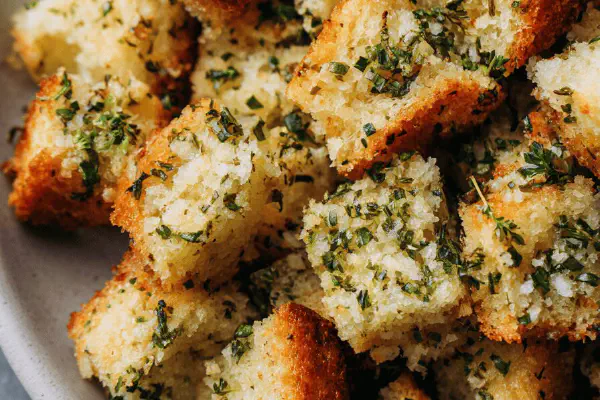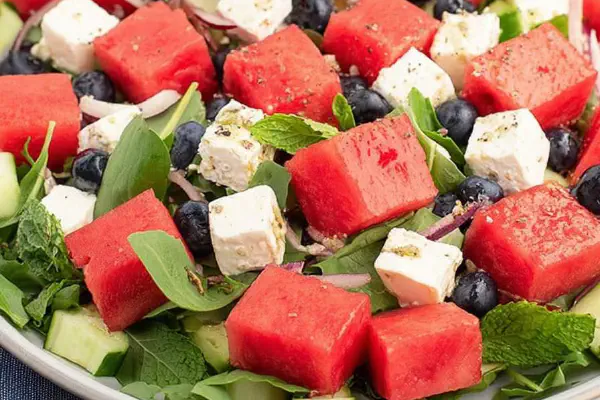Vegan Parmesan Twist
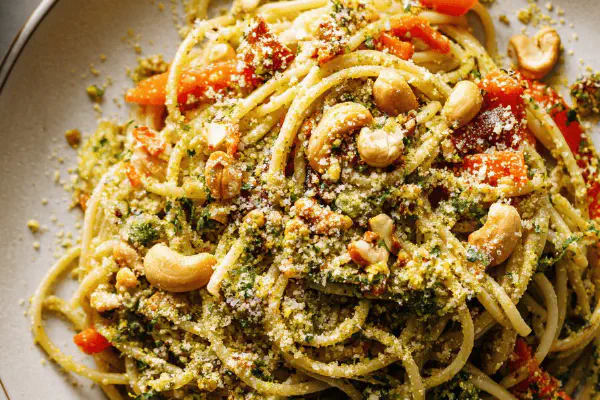
By Emma
Certified Culinary Professional
Ingredients
- 60 g (1/2 cup) raw cashews unsalted
- 2.5 ml (1/2 tsp) fine sea salt
- 1 ml (1/4 tsp) onion powder
- 30 ml (2 tbsp) nutritional yeast flakes
- Optional pinch smoked paprika for smoky note
About the ingredients
Method
- Pulse cashews in food processor until they break down but not oily. Watch the texture change—should be grainy with tiny bits, not creamy; stop before it turns paste.
- Add salt and onion powder; pulse twice to incorporate evenly. Smell should jump, sharper than plain nuts.
- Mix in nutritional yeast flakes; pulse once or twice more to distribute without grinding yeast too fine—it’s about contrasts in texture.
- Taste now; adjust salt or yeast if necessary. A touch more salt rounds flavors, too much kills balance. You want cheesy tang that’s subtle, not punchy.
- Store in airtight jar, fridge only. Moisture kills crispiness here. I’ve tested shelf life—around 4 weeks before it loses fresh flavor.
Cooking tips
Chef's notes
- 💡 Pulse nuts in bursts, stop early before oily paste forms. Listen for faint cracking sounds. Texture should be crumbly with tiny particles, not powdery or creamy. Timing key—blend too long and moisture from nuts releases causing clumps. Raw, dry cashews give best crumb structure; roasted nuts risk oily mess if processed too long.
- 💡 Add sea salt and onion powder after nuts reach grainy crumb stage. Mixing spices too soon causes uneven distribution. Salt contributes more than flavor—draws out subtle nut umami. Onion powder replaces garlic powder here, milder, less sharp, keeps crumb balanced. Use fine sea salt for a cleaner saltiness, avoid table salt’s harsh edge.
- 💡 Nutritional yeast goes in last to keep flakes distinct. Over-blending yeast breaks flakes into powder, loses that cheesy twang and flaky texture. Pulse once or twice only. Don’t assume more blending means better; it dulls aroma and mouthfeel. Good quality yeast flakes vary—avoid cheap cardboard-like brands, they kill flavor impact.
- 💡 Taste between steps; salt adjusts easily but over-salting kills all balance fast. Subtle salty nudge lifts umami, too much overwhelms. Small pinch smoked paprika optional for smoky depth without heat. Can skip if undesired. Spice balance tricky—small adjustments, more cautious than bold. Trust your nose for sharpness and smell of yeast.
- 💡 Store in airtight jar, fridge best option. Moisture kills crisp crumb texture. Use dry spoon always. Shelf life around 4 weeks before flavor dulls. Freezing changes texture, not recommended. Keep away from humidity—condensation ruins crispiness. Ideal use—hot pasta or warm veggies where residual heat wakes aromas without melting the nut crumb.
Common questions
Can almonds replace cashews?
Yes but texture changes. Almonds grit more, harder to get crumbly not powder. Cashews softer, creamier bite but stop before paste. Almonds need shorter pulses. Flavor less creamy nutty, more dry. Adjust timing, check texture often.
Why onion powder not garlic powder?
Onion powder milder, less sharp punch. Garlic powder often overpowering, masks yeast’s subtle cheesy twang. Onion blends better in crumb, smoother aroma. You could swap back but risk losing nuance—less robust but gentler taste.
What if mixture turns oily?
Pulse less, stop immediately once bits form. Oil leaks from nuts if over-processed. Using roasted nuts makes oily paste easier to get—raw nuts preferred. Dry nuts help. Chill nuts before blending for firmer texture. Oil means pasty, not crumbly, hard to get that dry texture.
How to store properly?
Airtight jar, always fridge. Keep moisture out, dry spoon a must. Avoid freezing—texture changes, crispiness lost. Room temp short time fine but days risk rancidity or mold if exposed. If on counter, cover well, use quickly.
